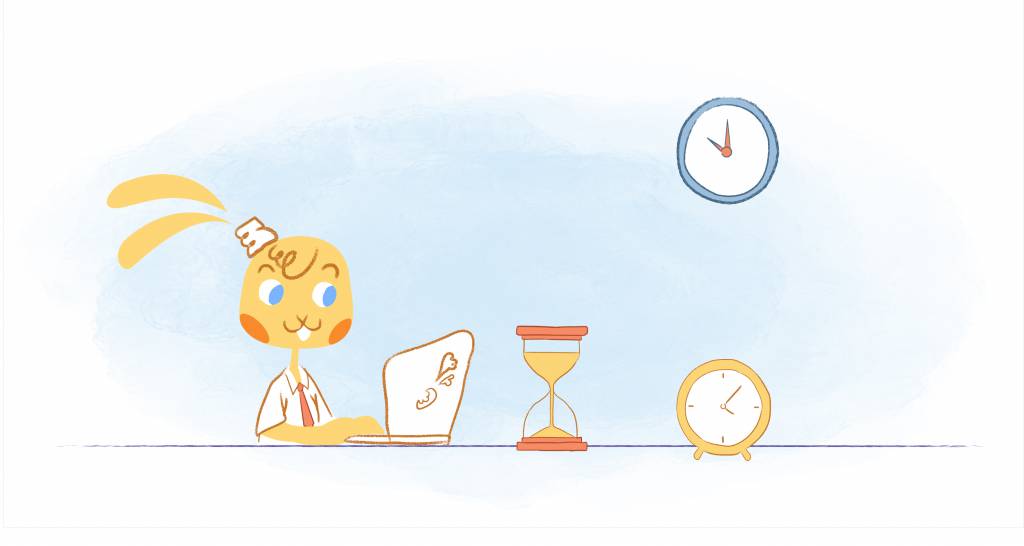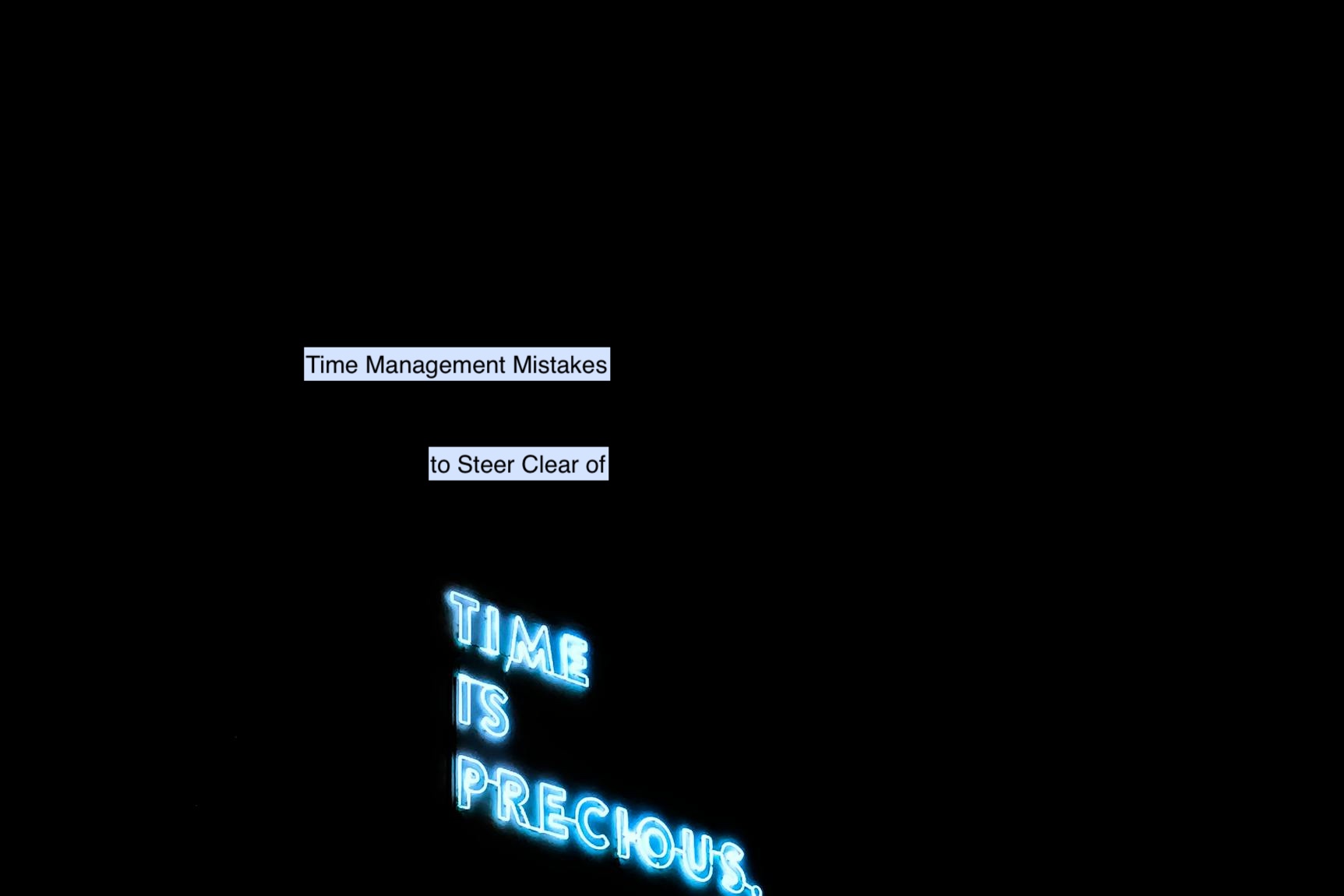

Many people struggle with staying organized and productive. They jump from meeting to meeting, complete random tasks, and have spur-of-the-moment conversations in between. Before they know it, the day is over, and it feels like hardly any work has been done. Sound familiar? You’re not alone.
Just because you have a calendar doesn’t mean it’s aiding your efforts to make the most of your time. If used properly, however, your calendar can be a haven for productivity, time management, and efficiency. You just need to learn how to make the most of it. Here are a few ways to get started.
1. Put Automation to Use
Your bills are on auto-pay, and your car locks on its own, so why wouldn’t your calendar be automatic, too? Fortunately, today’s technology makes automating everyday tasks in many calendars easy. You’re just left to decide which best fits your needs.
One option is to integrate your calendar with a project management tool. When a meeting is on the books, a task is automatically added to your planned work so you can prepare. Another solution for those with hectic calendars is optimizing how meetings are scheduled. Many scheduling tools — like Calendar.com and Google Calendar — allow you to create a meeting link. This connects to your schedule automatically, streamlining the process and ensuring you’re not double booked.
If staying on top of your pending invites is a challenge, automation has a solution for that, too. Use it to accept or decline meetings based on several factors, like your availability, to make the most of your time. You can even create an automatic response based on your availability. That way, your team is in the know whether you’re out of the office or blocked time to be productive.
While you can’t automate everything — you’ll still need to actually go to your meetings — automation is a productivity game-changer. So, research automation options for your favorite calendar tool and enable the tricks that will help you. Once they’re in place, you’ll be able to focus your energy on tasks you really need to do yourself.
2. Sync With Your Smart Devices
Like it or not, smart devices have become staples of everyday life. Devices can be found anywhere from a voice-activated smart home system to the smartphone in your pocket. But did you know that you can sync your calendar with your devices to integrate even further?
Simply search for instructions on how to sync your calendar to your smart device. You may need to enable permissions or download an app. From there, you’ll be able to use voice technology and other features to gather information from your schedule.
How that fits into your daily routine is up to you. You can ask your smart device about your schedule on the go or while multitasking. So you can do the dishes and check when your meetings start the next day. Or you can request a full overview of your schedule for the day while you sip on your morning coffee.
This hands-free option is great if you want to take one more thing off your plate. It can be readily available instead of having to sit down, log on, and review your calendar. Quite literally, all you have to do is ask.
3. Commit to Frequent Updates
A calendar is helpful when it has the information you need. That’s why it’s so important to schedule time to update it—failing to input data results in an inaccurate picture of your schedule. From there, you can snowball into an abyss of confusion and lost time that could’ve been used for productivity.
Instead, make updating your calendar part of your daily routine. Whether you wake up and look it over first thing or do a check-in each night, commit to some schedule to stay accountable. Can’t stand logging on outside of business hours? Download the app version of your calendar to your phone to make updates on the go a breeze.
Or specify a certain time each week to do a calendar edit. Review your upcoming meetings, see if anything is outstanding, and cross-reference personal and work schedules. Putting in the time in advance helps you avoid any potential conflicts. You’ll prevent last-minute scheduling changes and feel more relaxed about what lies ahead.
Updating your calendar may not be your favorite task. That’s OK! However, it can help keep you on top of your week and improve productivity. And no matter how you slice it, that is worth the effort.
4. Explore Analytics
Every device you use and the app you download houses a variety of data. What you click on likely tracks your search history and tendencies. So, why not take advantage of some of that information by reviewing your calendar analytics yourself?
For one, you’ll be able to learn more about your general usage of your calendars. That insight can then be used to explore ways you can improve your habits. For example, maybe you’ll uncover that your weekly 30-minute meeting lasts only 20 minutes. With that knowledge in mind, you can update your invite and get 10 minutes back to be more productive.
You can also use insights to see how frequently you meet with colleagues. For example, if there’s a large discrepancy between two direct reports, you could explore cutting down meeting frequency for better balance. Or see if you could include the other team member in more existing calls to make the most of your time.
Ultimately, the information you can learn from calendar analytics can inform smarter, more productive decisions. You may be able to buy back some of your work days to reallocate to other priorities. That means more work in the same amount of time, all because you took advantage of data.
5. Enable Notifications
Staying informed is half of the battle with a busy calendar. You know you’re meeting with that one client soon, but the exact date and time escapes you. And how could it not? You’re booked solid. That’s where notifications come in.
While it may seem obvious, having notifications on is critical to productivity. You should enable meeting reminders at least five minutes before the start time. However, specific meetings may require additional work ahead of the meeting itself. That’s when putting reminders a day or two in advance comes into play.
You’ll be able to think and plan ahead for your upcoming call. That way, your presentation or talking points can be at the ready. Most importantly, you’ll avoid the stomach-sinking feeling of forgetting an action item you’d previously committed to.
Explore the notification options available, even down to the noise they make. An app on your phone or where they pop up on your computer could be a difference-maker. The best part? You can completely customize when and where you get notified. You’ll stay in the loop without being overwhelmed, win-win.
Productivity, Here You Come
Will your calendar always be perfectly updated and organized? Probably not; life happens. But making an intentional effort to use technology to your advantage will always pay off. Once you get in a groove, you’ll realize how big of a difference it actually makes. Your work will be better, and your life will be more balanced for it.
Featured Image Credit:











Abby Miller
Student at UC Berkeley, currently working on a degree in Electrical Engineering/Computer Sciences and Business Administration. Experienced in CSX, productivity management, and chatbot implementation.